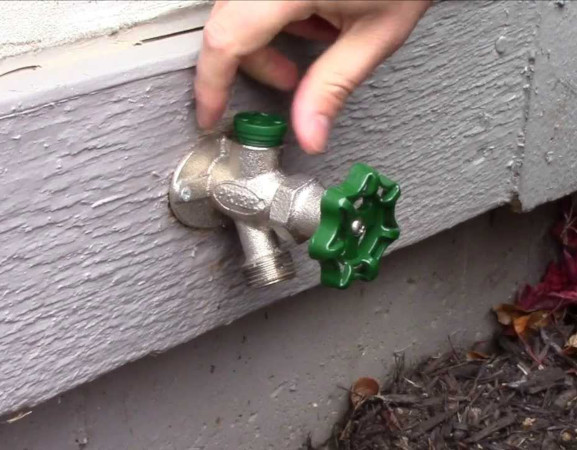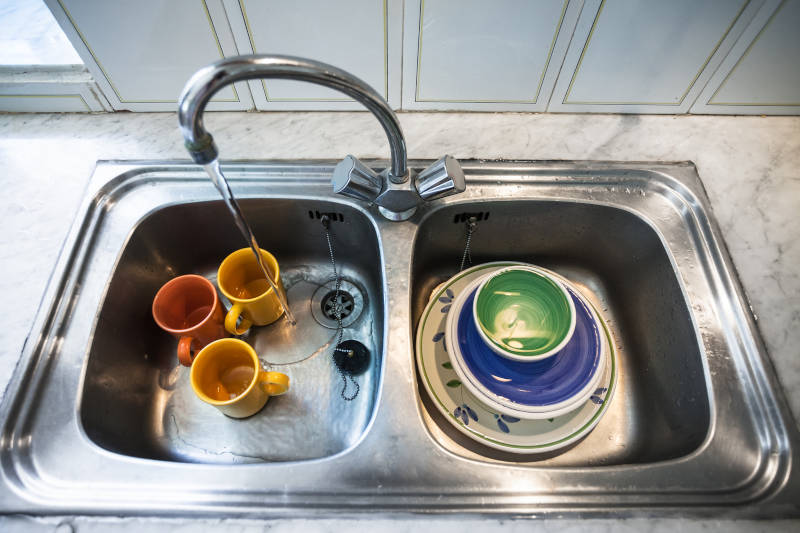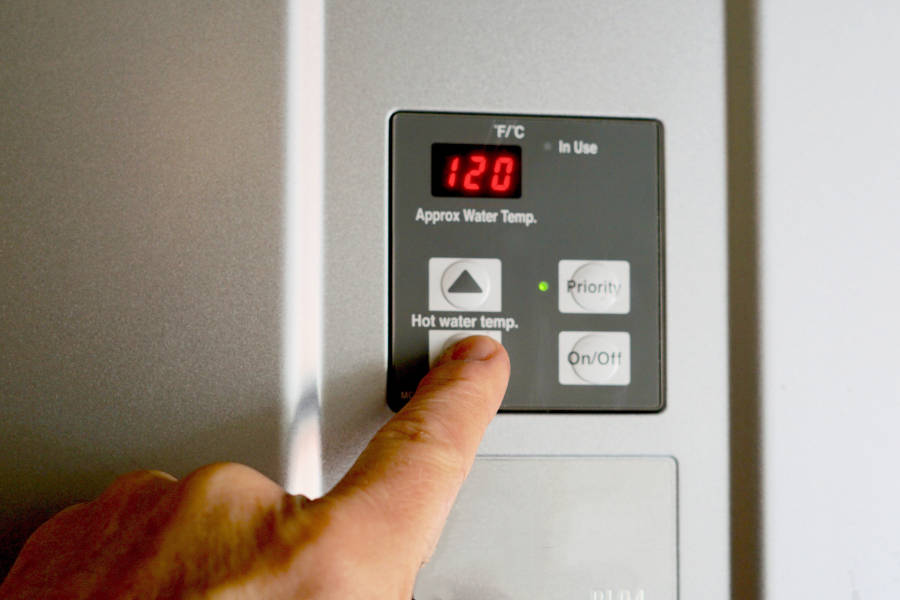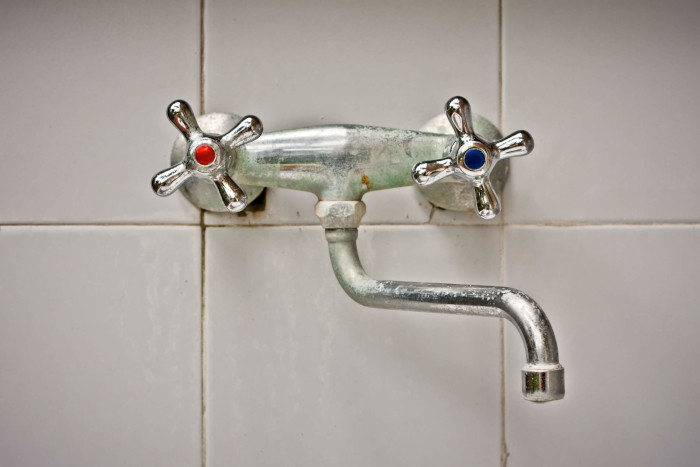Protecting Wall Hydrants From Freezing
Wall hydrants are the water access connectors attached to exterior walls of homes or businesses. They have valves to shut them on and off on the exterior wall, but if water is left inside the wall hydrant and pipes that lead to them, they can freeze, cause pressure, and burst your indoor piping, causing extensive water damage.
In order to prevent freezing and the damage it can cause, it’s important to take precautions before the winter months approach. There’s nothing worse than having to pay for repairs that you could have prevented with just a few easy steps. One thing to keep in mind is that there are many different varieties of valves and piping setups that your home or business may be outfitted with, and there are small differences between them.

If you’re unsure of which type you have and can’t determine how to winterize your outdoor wall hydrant after the following explanation or can’t find certain components in your home, call Service Pros Plumbing and make an appointment so we can help you to determine how your home’s system works.
The first step is to remove any hoses from your exterior wall hydrants. In addition to the on/off valve that’s on the exterior wall of your outdoor wall hydrant, there is an indoor shut off for the water access going to that valve. Finding this and shutting off the water to the outside faucet will prevent more water from getting into the pipes. This indoor access can usually be found in the basement, garage, or crawlspace in close proximity to the exterior water access and may be behind an access panel. These valves may be levers or wheels.
If there is a pressure release drain at the interior valve, you can drain the excess water from there. If there isn’t a pressure release at the interior shut off, you can turn the outdoor faucet off and let it drain from there. In very old homes, there may not be an internal valve to shut off the water to just the exterior wall hydrant, in which case you can just disconnect any hoses that are attached to the hydrant, though you may want to have newer parts installed so as to give your pipes that extra protection. Some newer exterior wall hydrants have what’s called a vacuum breaker, which is a ring that’s above the threading where you would connect the hose. If you pull that ring down it drains any excess water and prevents further water from accumulating in the hydrant.
We at Service Pros Plumbing hope this explanation has helped you to further protect your home or business from unexpected and costly damage.




